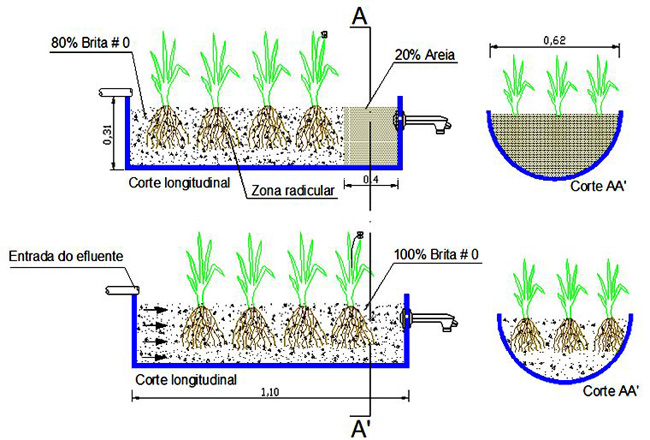Climate change scenarios and their impact on the water balance of sugarcane production areas in the State of São Paulo, Brazil
Keywords:
Global warming, climatological water balance, evapotranspiration, water deficit
Abstract
The evidence of climate changes has increased the demand for biofuel such as the ethanol from sugarcane, which has major comparative advantages in economic and environmental terms in relation to other biofuel sources. The sugarcane production in the State of São Paulo is highly influenced by the soil water availability, which is the main factor causing inter-annual yield variability. With the expected climate change, the crop water balance in the sugarcane production regions may be affected, which will also bring consequences for crop production. Based on that, the objective of this study was to assess the impacts of different climate changes scenarios on potential (ETP) and actual (ETA) evapotranspiration, as well as on water deficit (WD) and water surplus (WS) for four sugarcane production regions in the state of São Paulo, Brazil. For that, twelve climate changes scenarios, with increasing temperatures and rainfall variation, were considered for the years of 2030, 2060 and 2090, based on 2007 IPCC´s report. The results indicated that ETP will increase substantially as a function of higher air temperatures projected for the future scenarios. However, for ETA the elevation will not be so intense due to the variations projected for the rainfall scenarios. In general, the expectation is the reduction of the soil water availability in all locations by 2090, with substantial increase in the WD, around 550, 650, 530 e 720 mm for the worst scenario in relation to the present conditions, respectively for Araçatuba, Assis, Jaboticabal and Piracicaba.
Published
24/08/2012
Issue
Section
Papers
Authors maintain the copyrights for their work. However, they grant rights of first publication to Ambiente e Agua - An Interdisciplinary Journal of Applied Science. In compensation, the journal can transfer the copyrights, allowing non-commercial use of the article including the right of sending the article to other data bases or publication media. The journal uses the CC BY 4.0 license"






